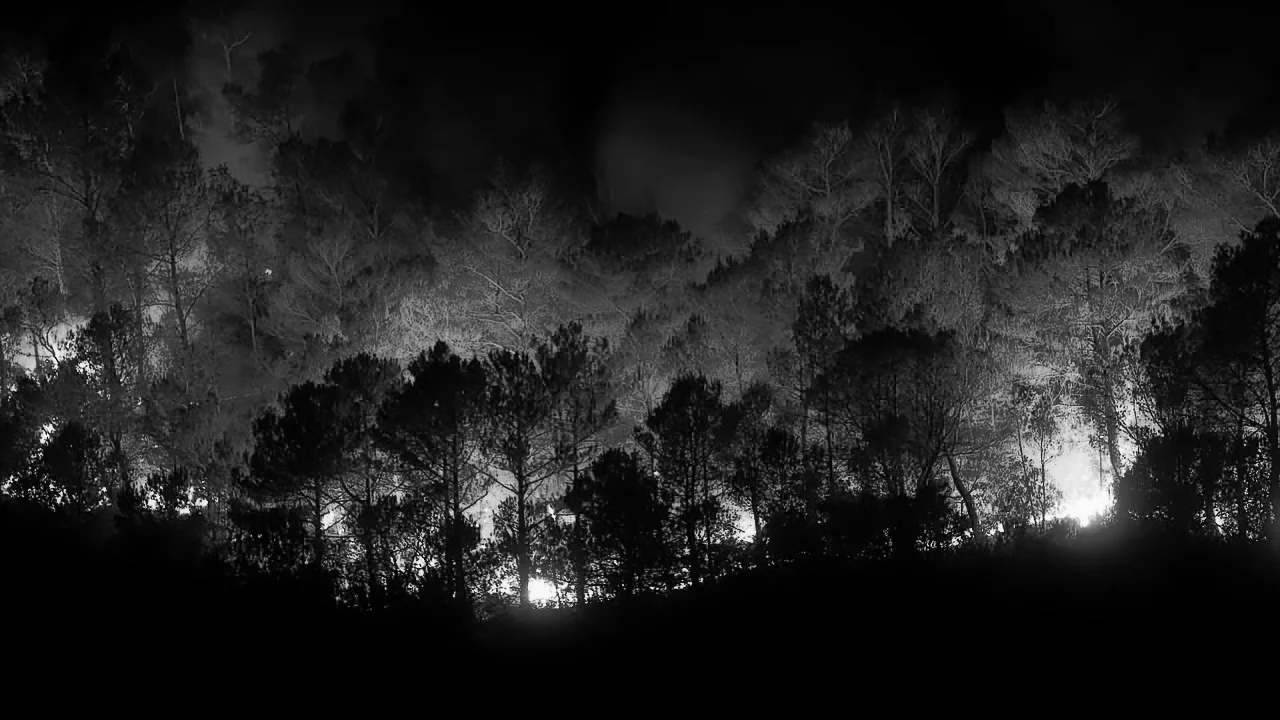“When you’re there, your emotions flow . . . We’re talking about several tens of thousands of paintings. It’s going to take generations to record them . . . Every turn you make, there’s a new wall of paintings. We started seeing animals that are now extinct. The pictures are so natural and so well made that we have few doubts that you’re looking at a horse, for example. The Ice-Age horse had a wild, heavy face. It’s so detailed, we can even see the horse hair. It’s fascinating.”
Two news events, seemingly unrelated. Serendipity in the jungle. The world of books. Rediscovery of a lost world. And a reminder that, for all the harrowing, depressing news of the past year, there are bigger stories out there still, stories that inspire wonder and thought, and stretch all the way back to the wandering times and the early origins of humankind.
Just days apart, a new edition of Sir Arthur Conan Doyle’s adventure classic The Lost World marked the first time Doyle’s original manuscript has been published in full, complete with handwritten notes and changes by the author, alongside a revealing, vintage photograph of the author dressed up as his central character, Professor Challenger, complete with false beard and bushy eyebrows.
The photograph — a mock-up of Conan Doyle and his friends posing as the Lost World’s imaginary expedition team members — has renewed speculation that Professor Challenger, the hero of not one but a series of Conan Doyle novels, was in fact the author’s favourite character, despite the fame and widespread acclaim of his most famous literary creation, Sherlock Holmes.
Loud, abrasive and larger than life, Professor Challenger was the character Conan Doyle aspired to most.
Or so the theory goes.
Conan Doyle spent much of his career distancing himself from his most famous creation, but was only too happy to be associated with what many literary historians now believe to be his literary alter ego.
The two certainly couldn’t be more different.
Where Holmes was introverted, patient and intellectual, measured in both thoughts and action, Professor Challenger lived life in the moment: compulsive, headstrong, irascible and forever looking for new worlds to discover. The Lost World, the first in the Challenger series, found the intrepid explorer leading a band of well-intended misfits deep into the jungles of South America, where they happen on a world of prehistoric creatures overlooked by the prying eyes of the outside world. The small band of explorers is faced with a dilemma: report what they’ve seen, and soak in the acclaim and adulation that would surely follow, or keep their find secret, so future explorers won’t spoil it. The Lost World was originally serialized in Strand Magazine in April,1912.
History doesn’t repeat itself so much as swirl around in unpredictable loops and curls.
Just days after SP Books’ publication of The Lost World’s full manuscript, word broke that a 13-km (eight mile) wall of prehistoric rock paintings has been discovered in the Amazon rainforest in Colombia. (The original Lost World is believed to have been inspired in part by Mount Roraima, a high, at-the-time rarely climbed, rain-deluged sandstone plateau in neighbouring Venezuela.) The Colombian rock art dates back some 12,500 years and includes depictions of animals long since extinct. The rock art, which some palaeoanthropologists are calling the “Sistine Chapel of the Ancients,” was discovered last year by a Colombian-British expedition in Colombia’s Chiribiquete National Park, funded by the European Research Council. The finding was kept quiet until now, in part because a docuseries about the expedition, Jungle Mystery: Lost Kingdoms of the Amazon, hosted by palaeoanthropologist and explorer Ella Al-Shamahi, will air this month on Britain’s Channel 4. The dating of the rock art is based in part on the fact that many of the animals depicted are from the last Ice Age and include mastodons — extinct in South America since roughly 10,000 BC — palaeo-llamas, a distant ancestor of the modern-day camel, giant sloths and Ice Age horses.
The rock art also includes human handprints, which is instructive because indigenous tribes native to the Amazon are believed to be descendants of the early waves of human migrants from Siberia who crossed the Bering Land Bridge some 17,000 years ago. The indigenous Kayapo and Yanomami tribes of the Amazon have been native to the area for thousands of years. The first Western mention of the Yanomami dates back to 1759, during the time of the early Spanish explorers.
The rock paintings are deep in the heart of Colombia’s remote Serrania de la Lindosa region, one of the last properly explored regions on the South American continent. The research team had to reach the area on foot, often at night, in jungle overrun with caimans and venomous snakes. The area was only recently unsealed to outsiders because of the decades-long civil war between the Colombian government and FARC insurgents.
Sir Arthur Conan Doyle’s The Lost World and the discovery of the “Sistine Chapel of the Ancients” — two events separated by 108 years of history.
Far from the madding crowd, the found world is every bit as fascinating as the lost world.





